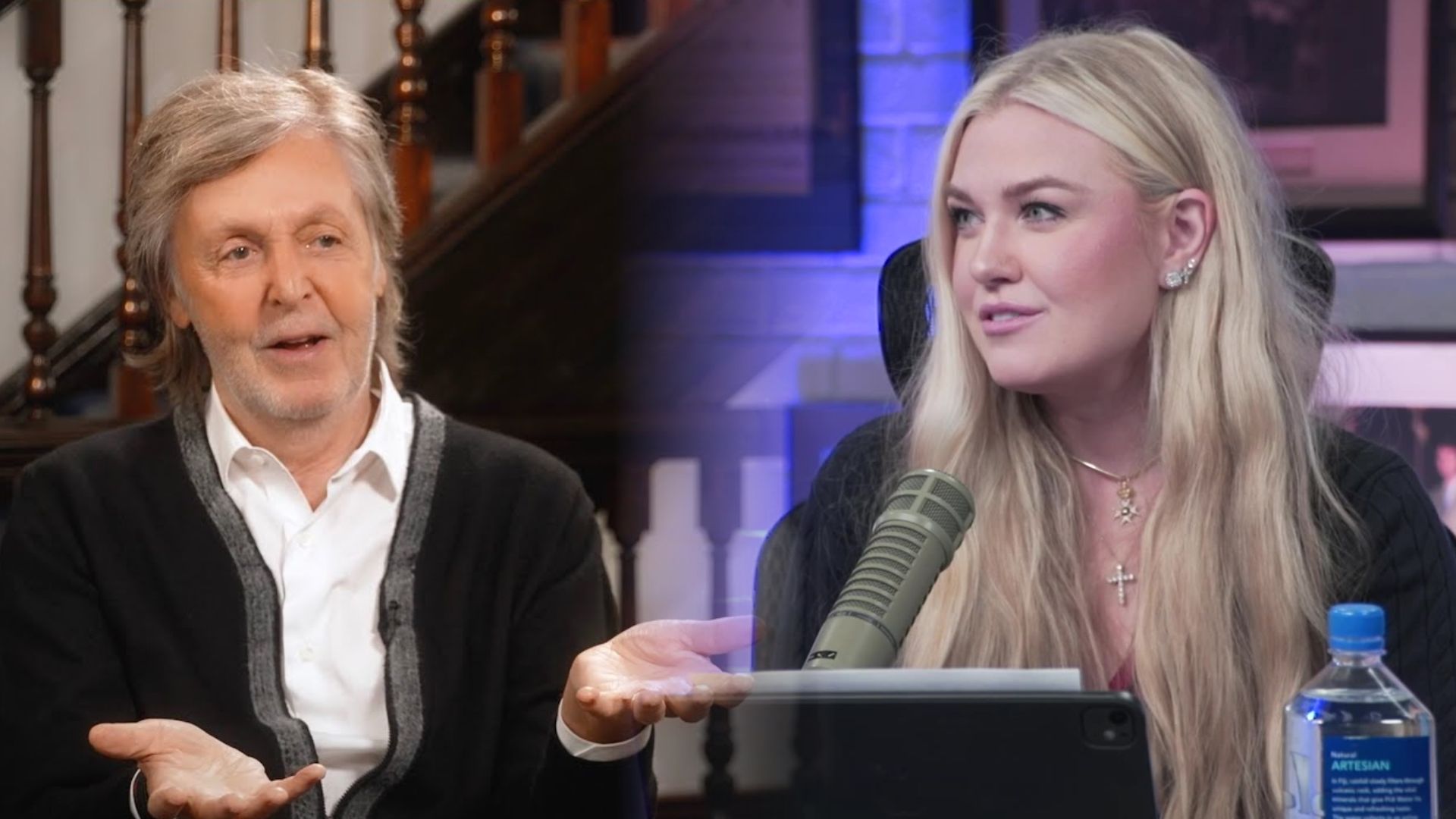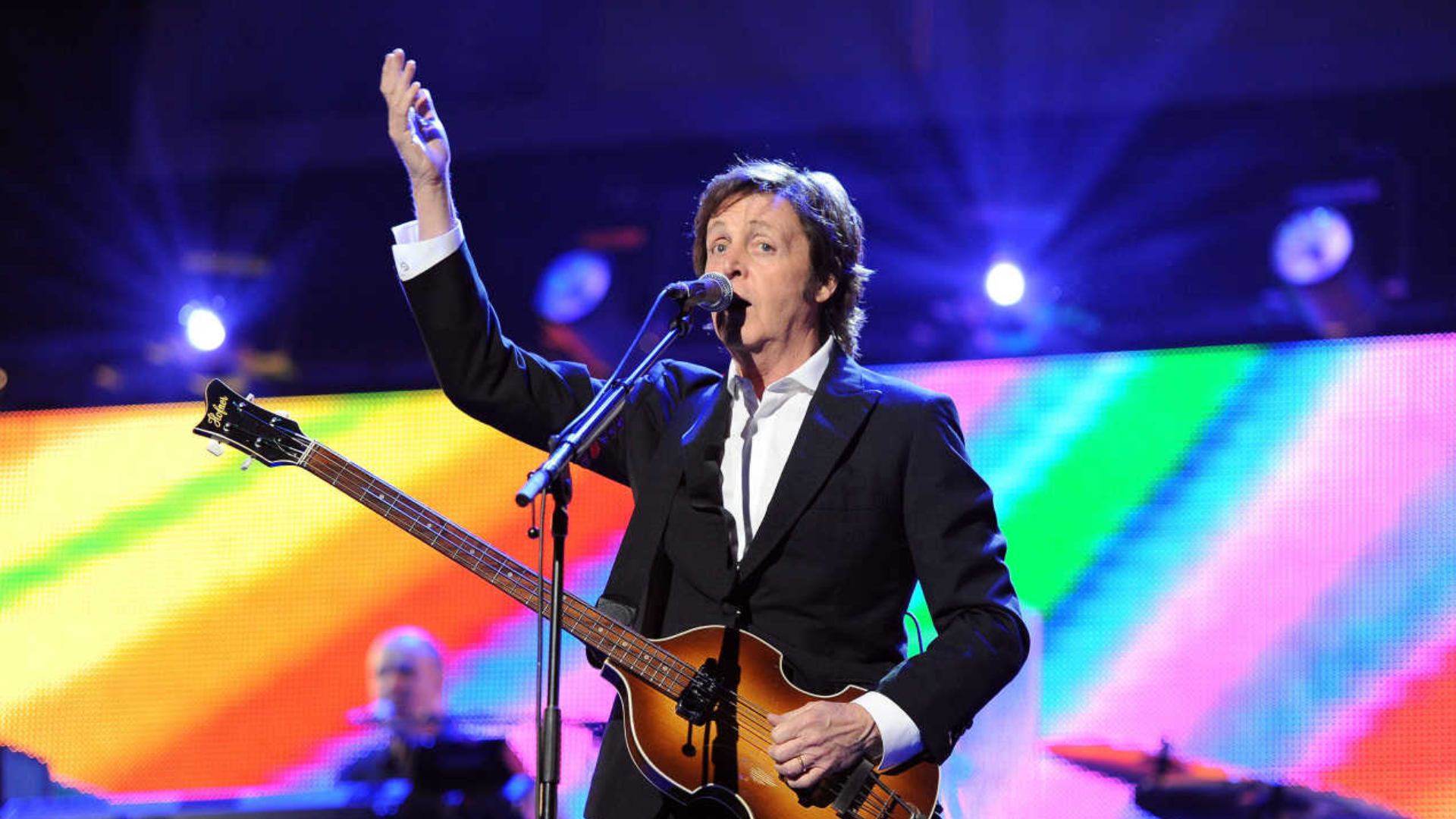
When “No More Lonely Nights” was released in 1984, Paul McCartney was standing at a crossroads — both as an artist and as a man. The former Beatle had already conquered every era of popular music, yet this song emerged not as a statement of power, but of vulnerability. Written for his film Give My Regards to Broad Street, the track became far more than a soundtrack piece; it was a heartfelt confession from one of the world’s most beloved songwriters, whispering to anyone who has ever feared the quiet after love fades.

The song opens with a gentle hum of synthesizers and guitar, as if the night itself is sighing. Then Paul’s voice enters — soft, yearning, and full of that unmistakable warmth that has carried through decades. “I can wait another day until I call you…” he sings, and suddenly the loneliness of distance becomes almost tangible. Yet beneath the melancholy lies a promise — a faith that love, if true, can bridge even the longest nights.
Unlike some of McCartney’s grander ballads, “No More Lonely Nights” feels personal and intimate. There’s no dramatic buildup, no grand orchestral swell — only a slow-burning light that never goes out. It’s a love letter written in twilight, addressed to someone real, someone missed. The melody glides effortlessly, as if carried by memory itself, and every line feels like a quiet reassurance: love may waver, but it never truly disappears.
Musically, the song is a testament to McCartney’s genius for blending tenderness with sophistication. The lush production by George Martin — the same guiding hand behind so many Beatles masterpieces — gives the song a cinematic glow. David Gilmour’s guitar solo soars through the bridge like a beam of light cutting through darkness, its tone both sorrowful and redemptive. Together, their work turns a simple ballad into a spiritual experience — a plea for connection that feels almost divine.
Lyrically, “No More Lonely Nights” isn’t about grand declarations. It’s about endurance. “No more lonely nights — you’re my guiding light…” Paul doesn’t sing these words like a performer; he breathes them like a prayer. The song’s true strength lies in its honesty — the quiet recognition that even those who seem surrounded by music and fame can still ache for the comfort of one voice, one hand, one heart.
Over time, the song has aged like a candle in a window — soft, steady, unwavering. It remains one of McCartney’s most underappreciated masterpieces, a reminder that behind every legend is a man still searching for peace in the silence.
Because when Paul McCartney sings “No more lonely nights,” it isn’t just a lyric — it’s a wish. A hope that love, even after all the years and all the losses, can still find its way home. And for four tender minutes, it does.